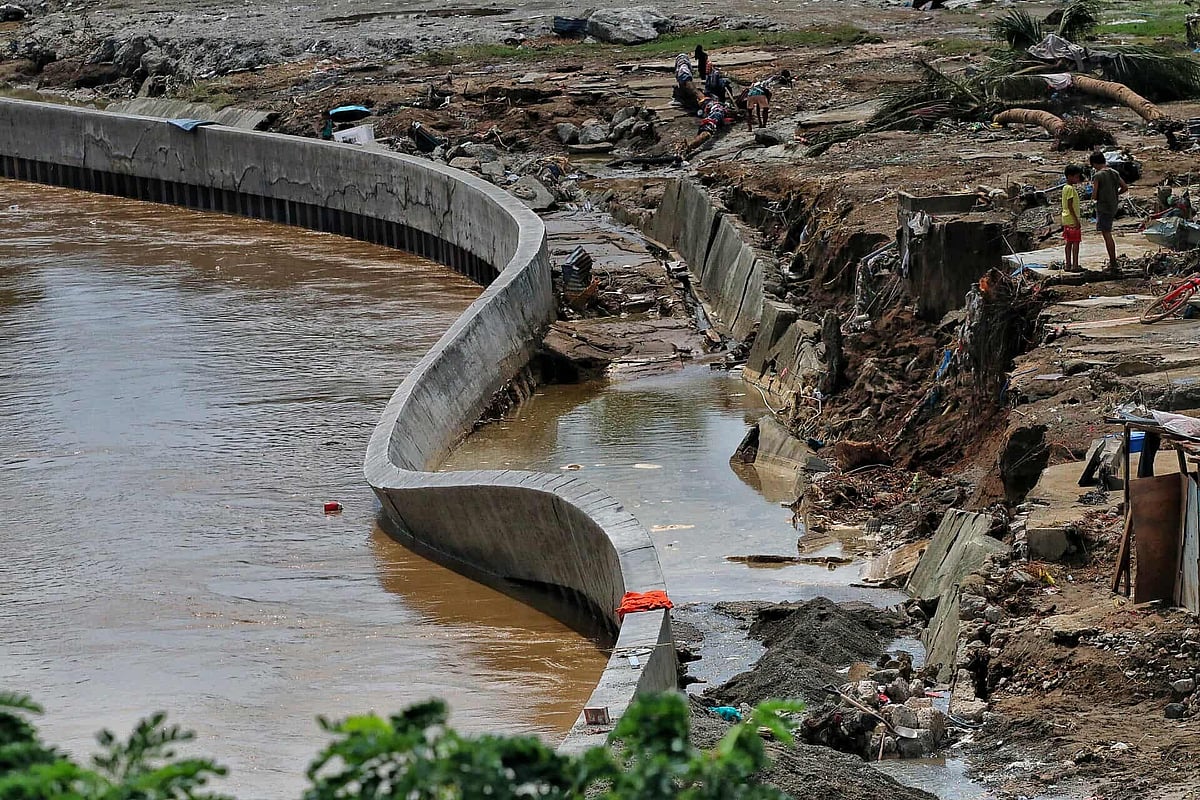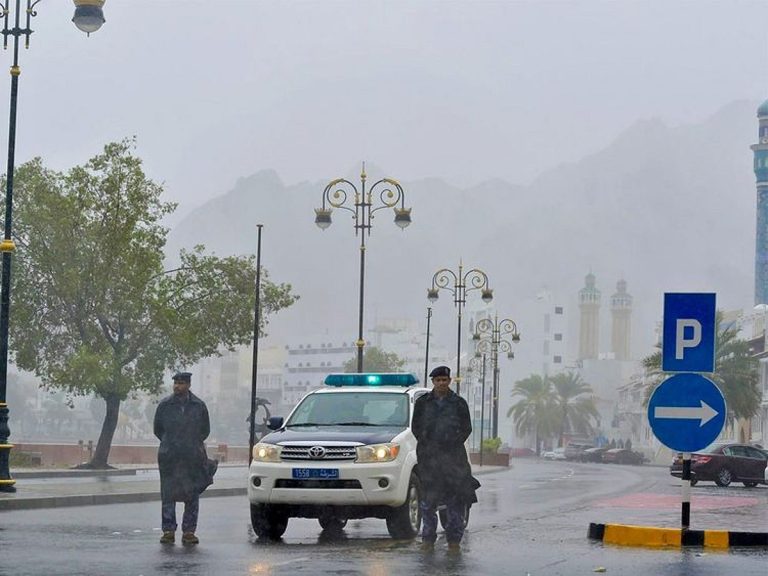Cebu Flood Control Efforts Under Investigation After Typhoon
Cebu province has been the focus of significant investment in flood control infrastructure, with 343 projects aimed at bolstering the region’s defenses against severe weather events. Despite these efforts, recent flooding during Typhoon Tino has raised questions about the effectiveness of these initiatives and their ability to protect local communities.
Overview of Flood Control Projects
Between 2016 and 2022, Cebu implemented a range of flood mitigation strategies designed to manage the impacts of heavy rainfall and storm surges. These projects include the construction of drainage systems, riverbank reinforcements, floodwalls, and pumping stations. Each of these structures is intended to minimize water overflow that can lead to flooding in homes, farms, and businesses.
The Impact of Typhoon Tino
Typhoon Tino recently struck the Visayas region, bringing heavy rains and strong winds that tested the resilience of the flood control measures in place. The effectiveness of these projects is now under scrutiny, as they were designed to mitigate the risks associated with such extreme weather. Malacañang has announced an investigation into the performance of these flood control initiatives, particularly in light of the devastation caused by the typhoon.
Environmental Considerations
While infrastructure plays a crucial role in flood management, environmental factors also contribute to flooding. Some experts point to urbanization as a key issue, noting that the loss of watershed areas has diminished the natural ability of the land to absorb rainfall. Healthy watersheds are essential for reducing surface runoff, which is a significant contributor to flooding.
Future Scrutiny and Accountability
The recent flooding incidents have sparked renewed calls for accountability regarding flood control projects, especially following scandals in other regions like Luzon and Mindoro. The establishment of the Independent Commission on Infrastructure (ICI) aims to ensure that similar issues do not arise in Cebu and neighboring provinces. As the region continues to face the challenges posed by climate change, the effectiveness of these flood control measures will be critical in safeguarding both urban and rural communities.
The Need for Continued Investment
Cebu’s unique geography, characterized by coastal plains, river systems, and mountainous areas, necessitates a comprehensive approach to flood management. Ongoing investments in flood control infrastructure are essential for enhancing disaster risk reduction and climate resilience. As the frequency and severity of typhoons increase, ensuring that these measures are effective will be vital for protecting the safety and well-being of residents.
FAQs
What types of flood control projects have been implemented in Cebu?
Cebu has implemented various flood control projects, including drainage systems, riverbank reinforcements, floodwalls, and pumping stations, all aimed at managing heavy rainfall and storm surges.
Why is there concern about the effectiveness of these flood control measures?
The recent flooding caused by Typhoon Tino has raised questions about whether the existing flood control infrastructure is adequate to protect communities, prompting an investigation into their performance.
How does urbanization affect flooding in Cebu?
Urbanization can lead to the loss of watershed areas, which diminishes the land’s natural ability to absorb rainfall, increasing surface runoff and contributing to flooding.
Conclusion
The situation in Cebu highlights the critical need for effective flood control measures in the face of increasing climate-related challenges. As investigations into the recent flooding continue, it is essential for local authorities to assess the performance of existing infrastructure and make necessary improvements to ensure the safety of residents in the future. Continued investment in flood management will be crucial for adapting to the evolving climate landscape.
In addition to infrastructure improvements, community engagement and education are vital components of effective flood management. Local governments are encouraged to involve residents in disaster preparedness programs, which can enhance awareness of flood risks and promote proactive measures. This collaborative approach can empower communities to respond more effectively during severe weather events, potentially reducing the impact of flooding.
Furthermore, the integration of technology in flood monitoring and forecasting can significantly improve response times and resource allocation during emergencies. Advanced systems that utilize real-time data can help authorities make informed decisions, ensuring that evacuation plans and emergency services are activated promptly when severe weather is imminent. As Cebu continues to navigate the challenges posed by climate change, a multifaceted strategy that combines infrastructure, community involvement, and technological advancements will be essential for building resilience against future flooding events.
Also Read:
Typhoon Kalmaegi Triggers Severe Flooding in Cebu, Philippin
Emergency Calls Rise in Ras Al Khaimah, Police Respond Swift







